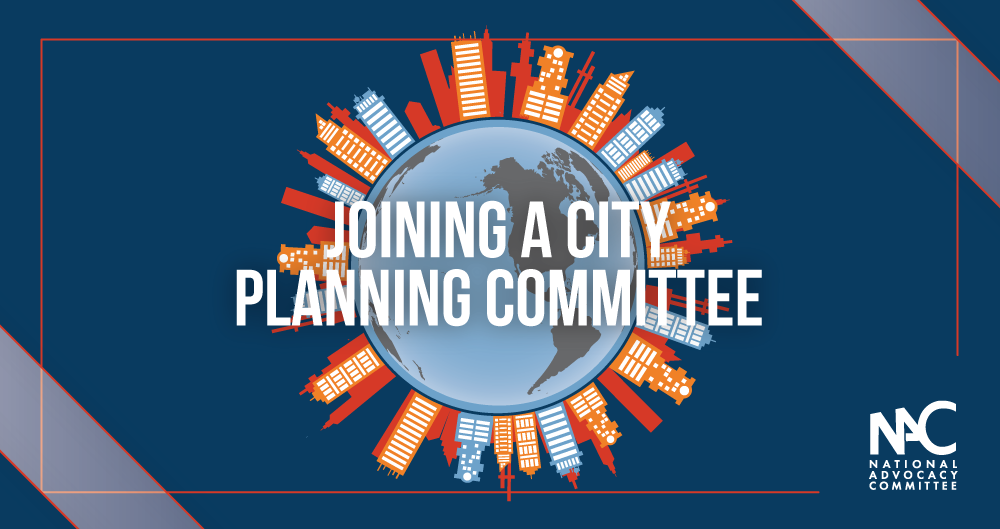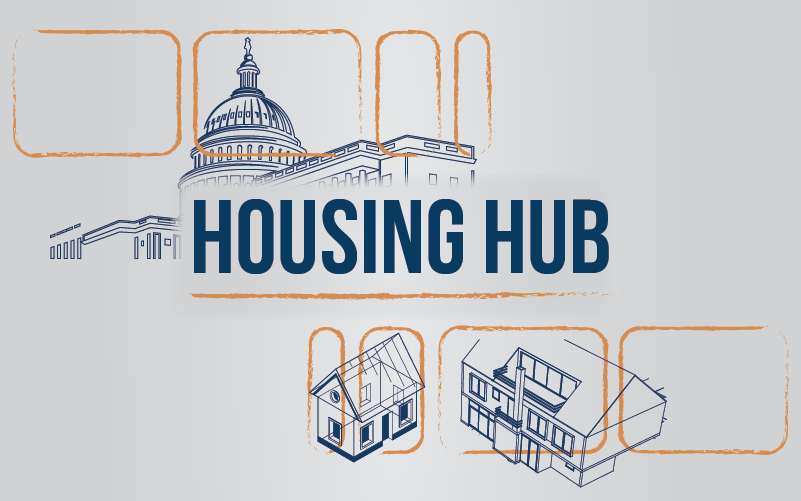Joining a City Planning Committee
Celebrating NAHREP familia, cultura, politics, and grassroots action
July 14, 2022
Qué onda mi gente?!
Last month, many of our chapters attended their local city council meetings to speak up on homeownership as part of our June City Council Campaign. It was so awesome to see all of you in action! But what was even more amazing was that many of you reported that your city’s mayor, councilmembers, and other influencers approached you after the meeting and invited you to participate in further conversations around housing supply. That is what this is all about! As you become known in your area, you may be invited to join a city planning committee or housing commission. These groups may be formal or informal, but I encourage each of you to take that opportunity if it presents itself.

#NAHREPGOAL: Develop a network of NAHREP members who participate in city housing and planning commissions
Housing commissions, city planning committees, and other groups exist in order to advise the city leadership on housing issues. These groups play a major role in deciding what is going to be built and where within your city. These are HUGE opportunities to influence housing production in your neck of the woods. The goal is to increase the number of NAHREP members that join these commissions and then form a mastermind group where we can all help each other in the process.
Here is how you can join a housing commission:
- Through an appointment: In some cities, the mayor or city council members will appoint people to join these commissions. This is why regularly showing up to your city council meetings and getting to know your mayor is so important. As I mentioned, several of you were invited to join already just by making your presence known at these meetings.
- Through applications: Some cities allow people to apply. You can find out if your city accepts applications on their website. When you meet with your city officials, ask them what the process is in your city to apply to join one of these groups.
Who qualifies? Each city will have their own requirements for who is qualified to join a committee. Some examples of requirements:
- Must be a resident of the city/county.
- Must have time to serve. For example, in Riverside County, your seat will become vacant if you miss more than 3 consecutive meetings.
- Must not have a conflict of interest. You may not be eligible if you are a member of a different board or commission, serve in any other official capacity with the city, or have a contractual relationship with the city/county, or hold public office.
Think about this opportunity as a tremendous honor and an impactful way to serve your community. While these are unpaid positions, they allow you to establish a reputation, build your network, and broaden your influence as a community leader. It is important to establish yourself as someone who is reliable, prepared, and can get things done. So next time you are at your city council meeting, ask about how to join your city’shousing planning commission.
¡Ojo! Density, is it always a good thing?
As you join housing commissions and speak on behalf of building more homes, you’re going to get hit with this question: Is density always a good thing? What if developers are not building “affordable” units? Does this do more harm than good?
I spoke on a panel at UnidosUS in San Antonio this past weekend. The people who attend the Unidos conference tend to work in Latino serving nonprofits across the nation. These are folks who are critical to the advocacy discourse in local communities. Someone in the audience spoke up and said that she sees a lot of building happening in her city but all of the new construction is either luxury buildings or “McMansions”, so how is that helpful?
This is my answer: Two things are driving up the price of homes. One, the fact that there are too few homes for sale so too many people are competing for the same house, driving up the price in order to get the offer accepted. Two, the cost of building has gone up with the cost of materials, labor costs have gone up because of construction labor shortages, and the time it takes to get a permit approved adds to the cost of new home construction. Because of these factors, luxury buildings and larger homes are what developers are able to build at the moment given the economics of building homes. In California, for example, it costs between $700,000 and $1 million just to build a 1,000 square foot home.
However, when you see more luxury buildings or larger homes being built, DO NOT necessarily see it a bad thing. From an economics standpoint, all of these new homes are still adding supply to the market. When someone buys one of these new builds, they are likely to put their current home on the market, potentially opening up more housing stock that would be more affordable than these new builds. More homes for sale will help stabilize prices. Density creates more homes near transportation and job centers, making better utilization of land. More homes available means less competition and more opportunities for first-time homebuyers. The only thing that will impact home prices is to build more homes, period.
Call to action: Fill out and share the 2022 State of Hispanic Wealth Report Survey!
The NAHREP 10 tells us, you can’t improve what you don’t measure. For the first time ever, NAHREP is launching a survey to better understand where our members are in their financial journey. Given that the Hispanic Wealth Project focuses on building wealth through real estate, small business ownership, and diversifying our investments, the questions in this survey focus on those three topics. The answers to this survey will not only determine the content for this year’s State of Hispanic Wealth Report, but we will be able to understand where we need to grow as a network, what programmatic elements would be most useful, and set lofty goals for our members in each of these areas. This is exciting, familia! We are determined to make NAHREP the most successful, philanthropic network of Latinos in the country and this is an important step toward that. So, if you haven’t already, take the survey today!

About Noerena Limón
Noerena Limón is NAHREP’s Executive Vice President of Public Policy and Industry Relations. Noerena heads the organization’s policy and advocacy efforts on issues ranging from homeownership, housing inventory, credit access and immigration.
Prior to joining NAHREP, Noerena spent six years at the Consumer Financial Protection Bureau (CFPB) and served as a political appointee under President Obama in the White House Office of Political Affairs.




